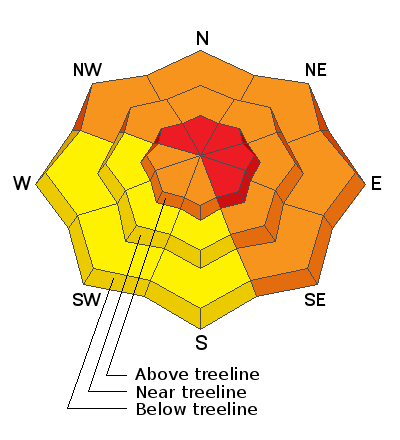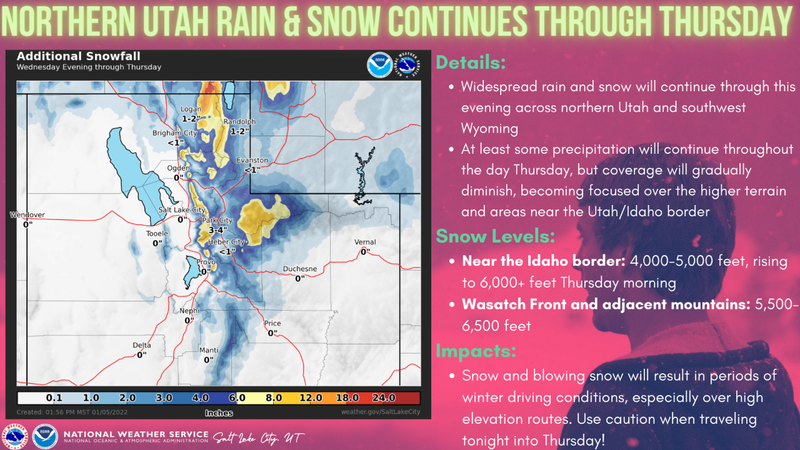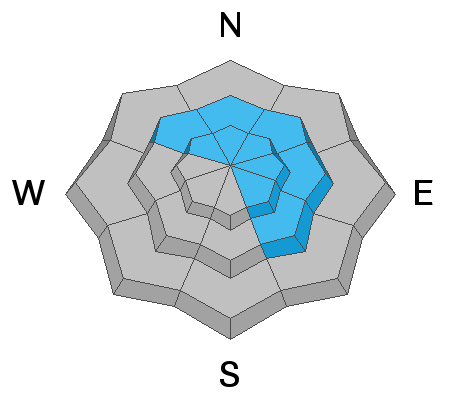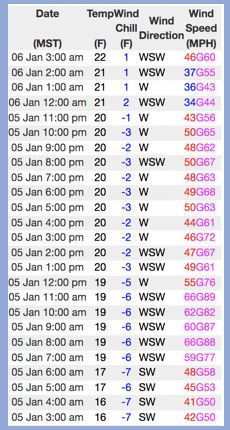Forecast for the Uintas Area Mountains

Issued by Craig Gordon on
Thursday morning, January 6, 2022
Thursday morning, January 6, 2022
HEADS UP... WEIRD WEATHER IS MAKING WEIRD AVALANCHE CONDITIONS
HIGH avalanche danger is found near and above treeline, especially in the wind zone. Triggering a deep, dangerous avalanche is VERY LIKELY, particularly on steep, wind drifted slopes facing the north half of the compass.
CONSIDERABLE avalanche danger exists at and below treeline where human triggered avalanches are LIKELY on steep, shady slopes.
The south half of the compass is slightly more straight-forward and you'll be dealing with mostly new snow issues. Look for MODERATE avalanche danger on steep slopes where human triggered avalanches are possible.
What's your exit strategy? There's no shortage of low angle, rolling terrain where you can steer clear of the avalanche dragon and still have a blast. Practice your riding technique and rip deep trenches in a big open meadow today, or head to low angle, sunny slopes that didn't have old October snow for some fun with limited avalanche danger. But remember- let's continue to give the steep, shady slopes some time to get comfortable in their new winter coats.

Low
Moderate
Considerable
High
Extreme
Learn how to read the forecast here












